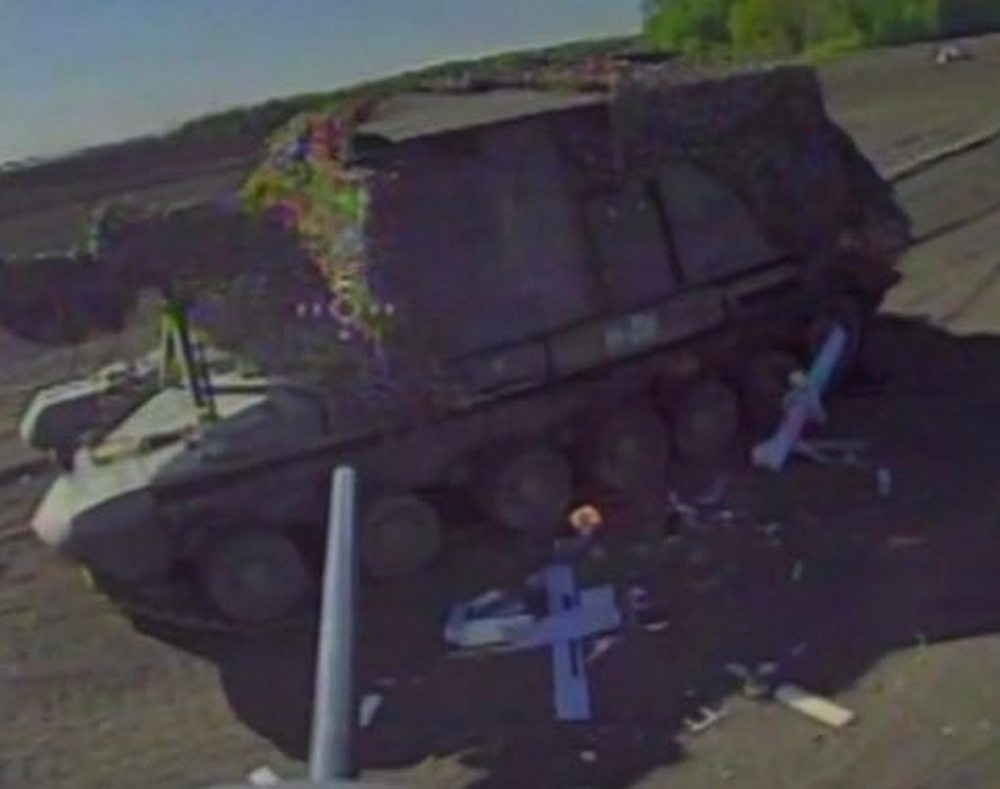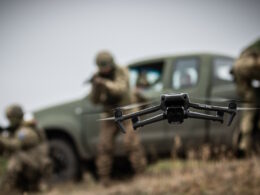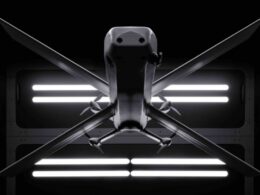Serhii Beskrestnov, communication expert and head of the Radio Technology Center, has revealed the growing use of these drones, first spotted in Sumy in February 2025 and now increasingly appearing in eastern Ukraine, UNIAN reports.
According to Beskrestnov, the drones are equipped with a 34 amp-hour battery, enabling them to carry a 3 kg payload over a distance of up to 80 kilometers. They are made entirely from imported components, and while they may seem unremarkable at first glance, they are an entirely innovative product inside.

Try and try again! Ukraine’s AI drones defeat Russian electronic warfare in new Kursk offensive
The drone is controlled via LTE mobile networks and features both inertial and satellite navigation systems. It is equipped with a powerful 14 MP camera, a JETSON video recognition and processing module, and a laser rangefinder for height map orientation. Additionally, it carries a high-speed hard drive with over 100 gigabytes of storage data and significant computational power.
Beskrestnov notes that groups of 2 to 6 such drones have already been detected several times, suggesting the presence of an integrated swarm solution onboard.
“This type of strike UAV is considered by many experts to be the future because the drone is controlled by artificial intelligence, and it does not rely on satellite navigation signals, meaning its control cannot be jammed by electronic warfare systems.
Such a drone can even detect the operation of air defense systems and anti-aircraft drones and perform evasive maneuvers,” adds the expert.
He emphasizes that while this type of UAV is not yet as widely used as, for example, the Lancet, it is appearing more frequently, and the Russian military is likely testing its use in combat conditions.







